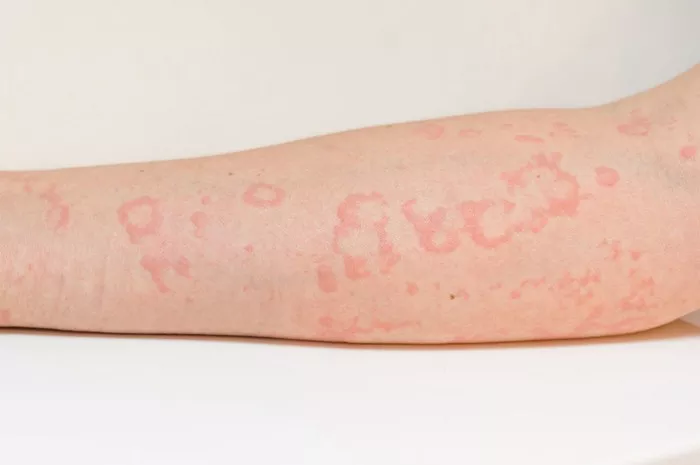In a groundbreaking development, researchers led by Prof. Bozhi Tian have unveiled a pioneering concept termed “living bioelectronics,” which merges living cells, gel, and electronics to harmonize with living tissue, potentially revolutionizing medical treatment modalities.
The prototype, devised by Prof. Tian’s team, consists of patches containing sensors, bacterial cells, and a gel made from starch and gelatin. Initial tests on mice demonstrated the patches’ ability to continuously monitor and alleviate psoriasis-like symptoms without causing skin irritation, marking a significant advancement in biomedical technology.
Co-first author Jiuyun Shi, formerly of Tian’s lab and now affiliated with Stanford University, remarked, “This bridges traditional bioelectronics with living cells as part of the therapy.” Prof. Tian expressed excitement over the culmination of over a decade’s worth of research, emphasizing the transformative potential of their innovation.
Unlike conventional bioelectronics, which typically feature electronics and a soft layer to mitigate bodily irritation, Tian’s group introduced a third component: living cells. By integrating bacteria like S. epidermidis into the gel, the device not only senses skin signals but also releases compounds to reduce inflammation.
Initial trials conducted on mice with psoriasis-like conditions yielded promising results, with a notable reduction in symptoms observed over the course of a week. The researchers envision extending the device’s lifespan to half a year or more, envisioning its application in various medical scenarios such as wound healing in diabetic patients.
Saehyun Kim, another co-first author and current PhD student in Tian’s lab, likened the device to a “living drug,” highlighting its self-sustaining nature owing to microbial healing effects. Beyond psoriasis treatment, the team envisions broader applications including wound healing and possibly even insulin production.
Prof. Tian, reflecting on his journey since experimenting with “cyborg tissues” nearly 15 years ago, expressed satisfaction in witnessing their vision materialize. The research, published in Science on May 30, 2024, involved collaboration with scientists from the University of Chicago, Rutgers University, and Columbia University.
Funded by entities such as the U.S. Army Research Office and the National Science Foundation, the project underscores the interdisciplinary efforts driving innovation in biomedical engineering. Plans to commercialize the technology are underway in partnership with the Polsky Center for Entrepreneurship and Innovation.
The study signifies a significant stride towards realizing the potential of living bioelectronics in transforming medical treatment paradigms, inspiring hope for future breakthroughs in electronic healthcare solutions.
Related Topcis:


























